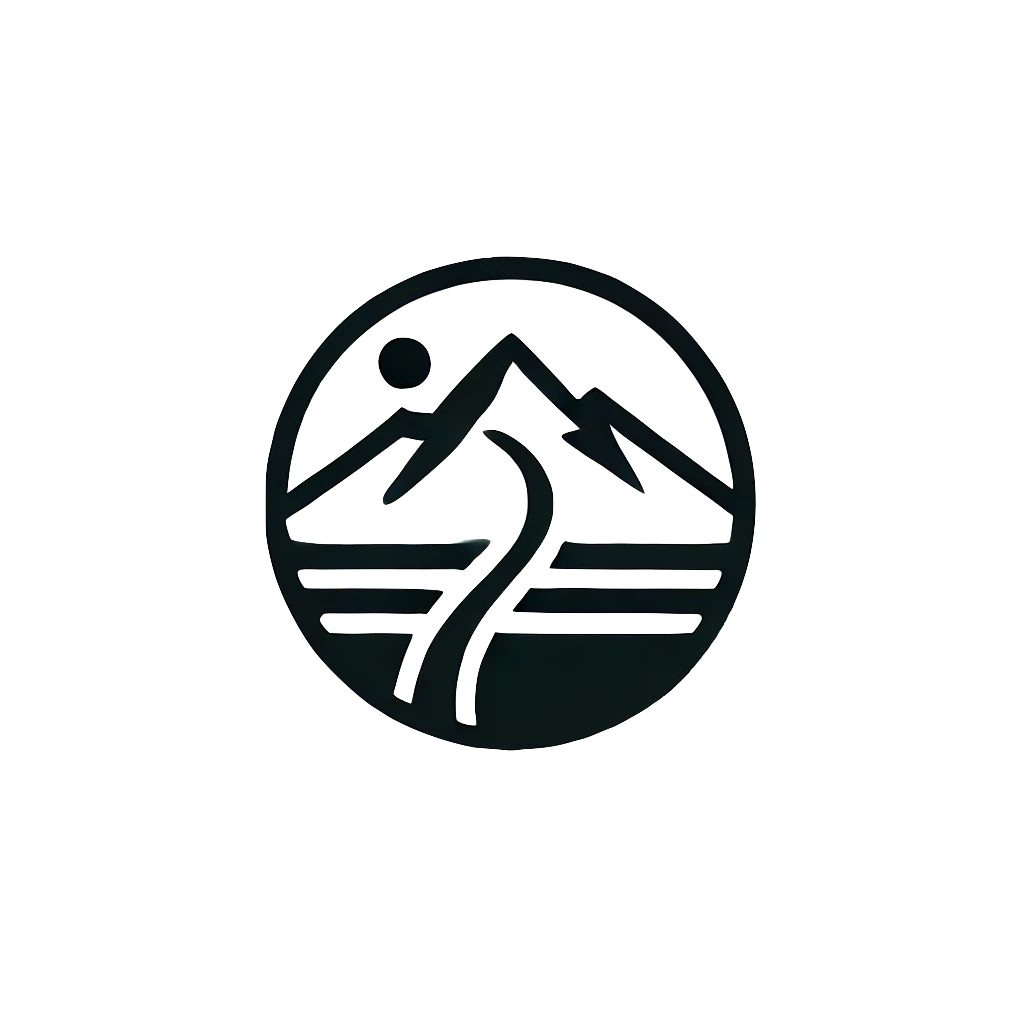Overtraining Syndrome: The Hidden Dangers for Amateur Athletes
Overtraining syndrome (OTS), a state where the body struggles to recover from excessive physical stress, is a significant concern not only for professional athletes but also for amateurs. While professionals often have structured recovery plans and support systems, amateur athletes frequently push themselves without proper guidance, leading to physical and hormonal imbalances. One of the critical systems affected during overtraining is the hypothalamic-pituitary-adrenal (HPA) axis, which regulates stress hormones such as cortisol. Understanding this can help athletes recognize the warning signs early and implement preventive measures.
What is Overtraining Syndrome?
Overtraining syndrome is not just about feeling tired after a workout; it’s a deeper, systemic issue that can affect multiple aspects of an athlete’s performance and health. Defined as a condition where training loads exceed the body’s ability to recover, OTS manifests as a decline in performance despite continued effort. This state is often accompanied by psychological and physiological symptoms, including mood swings, chronic fatigue, disrupted sleep patterns, and weakened immunity.
Hormonal Impact
One of the hallmark features of overtraining is its effect on the HPA axis. During high-intensity training, cortisol—a hormone critical for energy regulation and immune function—naturally rises. However, prolonged stress without adequate recovery can dysregulate the HPA axis, leading to consistently elevated or suppressed cortisol levels. Elevated cortisol can result in muscle breakdown, impaired recovery, and reduced immune defenses, while suppressed levels may indicate adrenal fatigue—a debated but commonly reported phenomenon in overtrained athletes.
“Overtraining disrupts the delicate balance of the HPA axis, leading to hormonal imbalances that compromise both physical and mental health. This is particularly risky for amateur athletes, who often overlook recovery strategies.” (Meeusen, R., et al., 2013).
Amateurs at Risk
While elite athletes have teams to monitor their workload, amateurs often overestimate their recovery capacity. Many follow programs designed for professionals without considering their own stress levels, work commitments, or sleep patterns. This mismatch between effort and recovery increases the risk of overtraining, especially as they lack access to tools like heart rate variability (HRV) tracking or regular physiological assessments.
Why Recovery Matters
Recovery is the cornerstone of sustainable progress. It’s during rest that the body repairs damaged tissues, restores energy stores, and adapts to training stress. Without adequate rest, even the most disciplined training regimen will eventually lead to diminishing returns.
Practical Tip:
Amateur athletes can start by integrating simple recovery strategies:
- Schedule at least one full rest day per week.
- Monitor signs of overtraining, such as persistent fatigue or mood swings.
- Incorporate active recovery activities, like yoga or light cycling.
The Role of the HPA Axis in Overtraining Syndrome
The hypothalamic-pituitary-adrenal (HPA) axis plays a crucial role in the body’s response to stress. It is a network of interactions between the hypothalamus, pituitary gland, and adrenal glands, which together regulate the release of stress hormones like cortisol. These hormones help the body respond to physical and psychological stress, providing energy, modulating inflammation, and maintaining homeostasis.
During exercise, the HPA axis is naturally activated, increasing cortisol levels to help the body cope with the demands of physical exertion. However, when training loads are excessive and recovery is insufficient, this system can become overtaxed, leading to dysregulation.
In overtraining syndrome, the constant activation of the HPA axis leads to chronic stress. Over time, this can manifest in two main patterns. First, elevated cortisol levels: initially, the body maintains high cortisol output to manage stress, but this prolonged elevation can result in muscle breakdown, decreased bone density, and impaired immune function. Second, suppressed cortisol levels: if the stress persists, the adrenal glands may fail to keep up, leading to a condition commonly referred to as “adrenal fatigue.” This can cause extreme fatigue, low energy, and poor stress tolerance.
Scientific Insight: “Chronic overactivation of the HPA axis not only impacts physical recovery but also contributes to psychological symptoms such as depression, anxiety, and lack of motivation. This underscores the need for balanced training regimens, especially for amateur athletes.” (Meeusen, R., et al., 2013).
The effects of HPA dysregulation extend beyond fatigue. Athletes may experience impaired recovery, reduced ability to repair muscle damage and replenish glycogen stores. They might also face weakened immunity, with an increased susceptibility to infections, often termed the “open window” effect post-exercise. Hormonal imbalances, such as disrupted testosterone and estrogen levels, can further affect muscle growth and mood stability. For amateur athletes, these effects can be even more pronounced as they often juggle multiple stressors such as work, family, and inadequate sleep. Unlike professionals, they rarely have access to sports scientists or advanced recovery tools, leaving them vulnerable to prolonged periods of overtraining.
To prevent HPA axis dysregulation, athletes can adopt practical strategies. Monitoring cortisol-linked symptoms, such as extreme fatigue, mood swings, or unusual cravings, is a good start. Balancing training and recovery with a periodization plan that includes rest weeks is essential. Nutrition plays a vital role, with a focus on foods that support adrenal health, such as magnesium, vitamin C, and adaptogens like ashwagandha. Finally, tools like heart rate variability (HRV) monitors provide real-time insights into the autonomic nervous system, helping athletes assess recovery status.
How to Recognize Overtraining Syndrome
Recognizing overtraining syndrome early is crucial for preventing long-term damage to both physical and mental health. Many athletes, especially amateurs, tend to push through the signs of overtraining, mistaking them for a temporary slump or lack of motivation. However, ignoring these signs can exacerbate the condition, leading to prolonged recovery times and, in severe cases, burnout.
The symptoms of overtraining can be categorized into physical, psychological, and performance-related indicators.
Physical Symptoms
One of the most common physical signs of overtraining is persistent fatigue that doesn’t improve with rest. This is not the usual tiredness felt after a tough workout but a deeper, chronic exhaustion that affects daily activities. Other symptoms include muscle soreness that lasts longer than usual, frequent injuries such as strains or sprains, and a weakened immune system that results in frequent colds or infections.
Additionally, overtraining can manifest as disruptions in sleep patterns. Athletes might struggle to fall asleep, experience poor sleep quality, or wake up feeling unrefreshed. These disruptions further impair recovery and exacerbate fatigue.
Psychological Symptoms
Overtraining can have a profound impact on mental health. Athletes often report feelings of irritability, mood swings, and even symptoms of anxiety or depression. Motivation to train may decrease, and tasks that once felt enjoyable can start to feel overwhelming. This psychological toll is often overlooked but plays a significant role in overall well-being and performance.
Performance-Related Symptoms
One of the hallmark signs of overtraining syndrome is a decline in athletic performance despite consistent effort. Athletes may notice reduced endurance, slower recovery times between workouts, and even a decrease in strength or speed. This decline is often accompanied by an inability to meet training goals or a feeling of stagnation, which can be frustrating and disheartening.
Scientific Insight:
“Overtraining syndrome is marked by an inability to maintain performance levels despite sustained training efforts. This decline, paired with physiological and psychological symptoms, highlights the need for proactive recovery measures.” (Lehmann, M. J., et al., 1999).
Differentiating Normal Fatigue from Overtraining
It’s essential to distinguish between the temporary fatigue that follows intense training and the more serious, systemic symptoms of overtraining. Temporary fatigue is resolved with rest and proper nutrition, whereas overtraining persists for weeks or even months without improvement.
Key indicators of overtraining include:
• Persistent muscle soreness lasting beyond typical recovery periods.
• Increased resting heart rate or heart rate variability (HRV) disruptions.
• Loss of appetite or unexplained weight changes.
• Chronic sleep disturbances and low energy levels.
Practical Strategies for Early Detection
• Track Performance: Keep a training journal to monitor performance trends and identify patterns of decline.
• Use Wearable Tech: Devices that track HRV can help identify when the body is under excessive stress.
• Listen to Your Body: Pay attention to mood, energy levels, and how you feel during workouts.
Key Takeaway: “The early signs of overtraining are often subtle but crucial to recognize. Monitoring physical, psychological, and performance-related symptoms can prevent serious consequences and ensure sustainable athletic progress.”
Effective Strategies for Preventing Overtraining Syndrome
Preventing overtraining syndrome (OTS) requires a holistic approach that balances physical training, recovery, and overall lifestyle factors. Many athletes, particularly amateurs, tend to underestimate the importance of rest and recovery, focusing solely on increasing training intensity or volume. However, incorporating targeted strategies can not only prevent overtraining but also enhance long-term performance and well-being.
1. Periodization and Balanced Training Plans
One of the most effective ways to avoid overtraining is by implementing periodization in your training program. Periodization involves structured variations in training intensity, volume, and type to allow for recovery and adaptation.
• Build Rest Weeks: Incorporate deload weeks with reduced intensity every 4–6 weeks to prevent chronic fatigue.
• Rotate Intensity Levels: Alternate between high, moderate, and low-intensity sessions throughout the week.
• Include Cross-Training: Engage in different activities to reduce the strain on specific muscle groups while maintaining fitness.
Scientific Insight: “Planned rest and periodization allow the body to recover from intense training loads, reducing the risk of chronic stress and overtraining.” (Meeusen, R., et al., 2013).
2. Monitor and Adjust Workload
Tracking training intensity and volume is key to identifying early signs of excessive strain. Tools such as heart rate monitors and wearable devices can provide valuable data.
• Heart Rate Variability (HRV): A decrease in HRV indicates stress on the autonomic nervous system and a need for recovery.
• Perceived Effort Ratings: Regularly assess how challenging workouts feel to ensure the balance between effort and recovery.
• Training Logs: Documenting workouts, fatigue levels, and mood can reveal patterns and early signs of overtraining.
3. Prioritize Recovery
Recovery is as important as the workout itself. During rest periods, the body repairs damaged tissues, restores energy stores, and adapts to training stress.
• Active Recovery: Incorporate low-intensity activities like yoga, walking, or swimming to promote blood flow and relaxation.
• Quality Sleep: Aim for 7–9 hours of uninterrupted sleep each night to optimize hormonal balance and tissue repair.
• Hydration and Nutrition: Stay hydrated and consume a balanced diet rich in protein, complex carbohydrates, healthy fats, and micronutrients to support recovery.
4. Listen to Your Body
Self-awareness is a critical tool in preventing overtraining. Athletes should pay attention to physical and mental cues, such as prolonged fatigue, irritability, or lack of motivation.
• Take Rest Days Seriously: Don’t skip rest days or push through signs of exhaustion.
• Adapt Training to Life Stress: Adjust training loads during periods of high life stress to prevent compounding stressors on the HPA axis.
5. Supplementation and Adaptogens
Certain supplements can support recovery and adrenal health, especially under stress. While supplements should not replace proper training and nutrition, they can provide additional support.
• Magnesium and Vitamin C: Help regulate stress and reduce inflammation.
• Adaptogens like Ashwagandha: Support adrenal health and improve the body’s ability to manage stress.
6. Seek Professional Guidance
For athletes unsure about how to balance their training and recovery, working with a coach or sports scientist can provide tailored advice. Coaches can monitor workload, track progress, and identify early signs of overtraining.
Key Takeaway: Preventing overtraining is a proactive process that involves balancing workload, recovery, and lifestyle factors. Amateur athletes can benefit significantly from structured training plans, self-monitoring tools, and a commitment to listening to their bodies.



